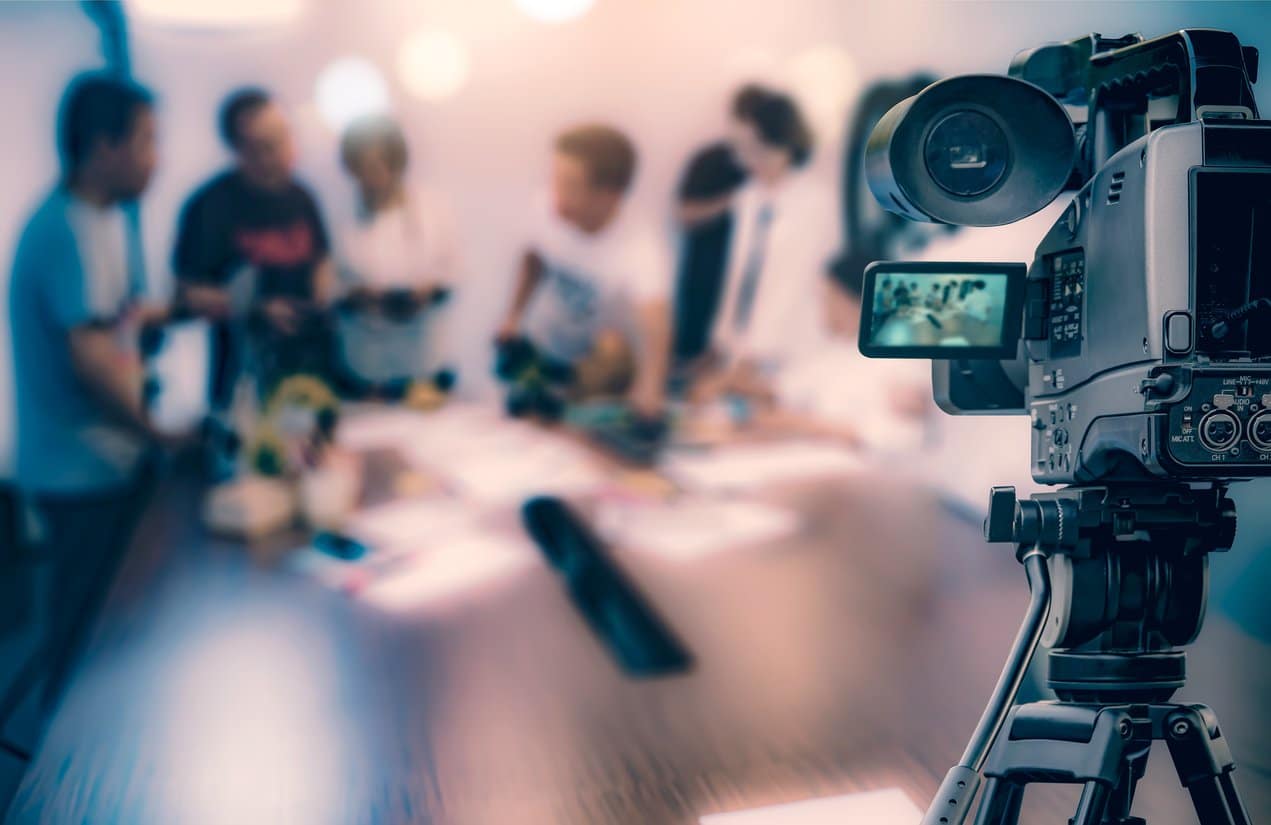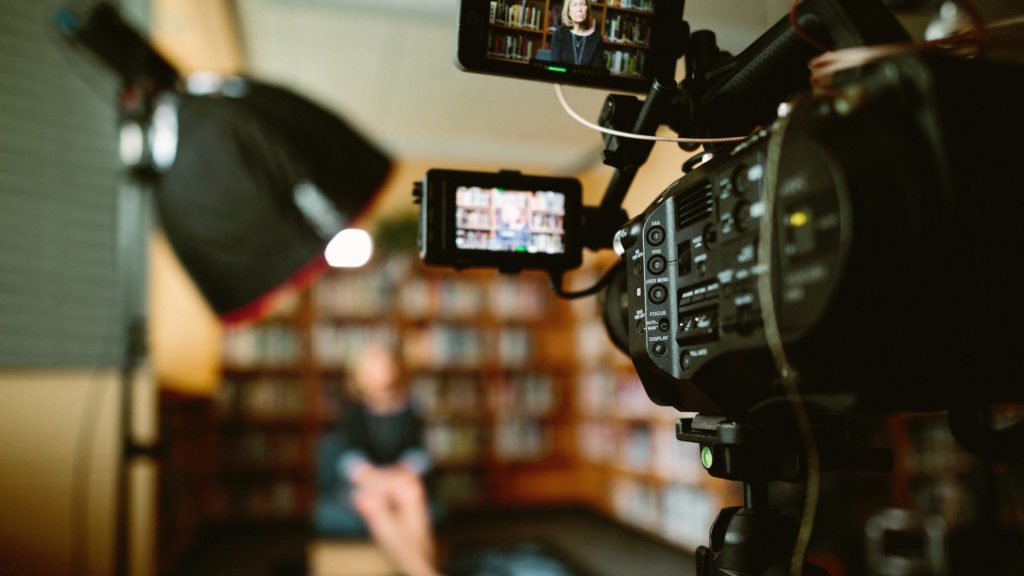Why Legal Videography is Vital for Accurate Legal Paperwork
Why Legal Videography is Vital for Accurate Legal Paperwork
Blog Article
Looking Into the Systems of Lawful Videography: Unveiling Its Operation in Safeguarding Genuine Aesthetic Testament for Judicial Procedures
In the realm of judicial process, the function of lawful videography stands as a cornerstone in preserving and providing aesthetic proof. As technology proceeds to breakthrough, the mechanisms behind lawful videography have actually come to be progressively detailed, providing an important layer of authenticity to testimonies recorded on video. By delving right into the operational complexities of legal videography, one can reveal the meticulous procedures that guard the honesty of aesthetic proof provided in courtrooms - Legal Videography. This expedition not just clarifies the historic advancement of lawful videography but likewise means the future trends that might further transform how aesthetic statements are maintained in the realm of justice.
Historical Development of Legal Videography
Checking out the historic progression of lawful videography reveals a considerable change in the capturing and discussion of aesthetic proof within the lawful landscape. In the past, legal process greatly counted on written photographs and records to record occasions and give evidence. Nevertheless, with the introduction of video modern technology, the legal sector observed a standard change in just how aesthetic testimony was recorded and offered.
The development of lawful videography can be traced back to the late 20th century when advancements in video recording tools made it extra available for use in courtrooms. This technological improvement not just improved the accuracy and reliability of visual evidence yet additionally revolutionized the way instances existed to courts and courts (Legal Videography). Attorneys began to recognize the influential power of video recordings in conveying feelings, subtleties, and non-verbal hints that composed transcripts or photographs alone might not capture effectively

Innovation Improvements in Video Clip Paperwork
What crucial technical innovations have revolutionized video clip paperwork in the lawful field? The legal area has actually seen considerable improvements in video documentation technology that have actually improved the authenticity and reliability of aesthetic proof in judicial procedures. One of the vital innovations is high-def (HD) video recording capabilities, which give crystal-clear pictures and sharp details that are essential for accurately recording statements, faces, and other aesthetic signs. In addition, the assimilation of timestamping and metadata functions in video documentation devices has actually enabled precise documents of when and where the video clip was taped, ensuring the integrity of the proof offered in court.
In addition, developments in video clip encryption and watermarking modern technologies have actually strengthened the safety and security and tamper-proof nature of video clip evidence, protecting it against unapproved changes or tampering. Additionally, the arrival of cloud storage options and remote accessibility capabilities has structured the storage space, access, and sharing of video evidence, assisting in seamless partnership amongst attorneys and guaranteeing effective accessibility to critical visual statements when required. These technical advancements in video documentation have undoubtedly revolutionized the legal field, boosting the accuracy, reputation, and admissibility of visual evidence in judicial procedures.
Role of Legal Videographers in Court Settings
The advancement of video documents innovation in the lawful field has actually demanded a vital function for lawful videographers in courtroom settings, making certain the stability and dependability of aesthetic testimonies presented throughout judicial procedures. Legal videographers play a basic function in capturing and maintaining precise aesthetic proof that can be pivotal in litigation. Their obligation includes establishing up devices, tape-recording proceedings, and generating high-quality video clips that accurately mirror the events in the court room.
Furthermore, legal videographers commonly work closely with lawful groups to make certain that the video evidence aligns with the situation's demands and can be properly provided in court to sustain the lawful arguments being made. Overall, the function of lawful videographers in courtroom setups is essential in promoting the concepts of justice and making certain the openness of lawful process. Legal Videography.

Ensuring Admissibility and Integrity of Video Clip Proof
To maintain the integrity of aesthetic evidence provided in lawful process, ensuring the admissibility and stability of video clip proof is a crucial obligation for lawful videographers. Admissibility describes the approval of evidence by the court, and for video proof to be permissible, it must meet specific requirements. Lawful videographers play an essential function in making sure that the video clips they record abide by the guidelines of evidence, such as importance, credibility, and integrity.
Honesty of video clip evidence includes preserving the originality and precision of the video footage from the moment it is taped up until it is offered in court. This consists of safely keeping the video files, recording the chain of custodianship, and stopping any type of tampering or alterations. Legal videographers must stick to rigorous procedures to ensure the integrity of the video clip proof and stop any challenges to its credibility.
Future Trends in Legal Videography
Offered the enhancing reliance on technology in legal proceedings, lawful videographers are poised to embrace cutting-edge improvements shaping the future of aesthetic testament capture and presentation. Among the famous patterns imminent is the assimilation of online fact (VIRTUAL REALITY) and enhanced reality (AR) modern technologies into lawful videography. These innovations have the prospective to revolutionize exactly how visual proof is provided in court rooms, permitting courts and juries to immerse themselves in the scene of the criminal activity or case.
Furthermore, using synthetic intelligence (AI) formulas for video clip evaluation is anticipated to enhance the process of assessing and evaluating large amounts of video clip footage. AI reference can aid in best site determining essential minutes, anomalies, and patterns within videos, boosting the efficiency of lawful examinations.

Conclusion
To conclude, legal videography has actually played an important role in giving genuine aesthetic evidence for judicial process. With technical improvements and the competence of legal videographers, the stability and admissibility of video proof are made sure in courtroom setups. As legal videography proceeds to advance, it will be important to promote standards that preserve the precision and reliability of aesthetic testimony for the future of legal process.
Analyzing the historic development of legal videography exposes a considerable improvement in the capturing and discussion of aesthetic evidence within the legal landscape.The evolution of video clip documentation technology in the legal area has actually demanded an important duty for lawful videographers in courtroom settings, guaranteeing the stability and integrity of aesthetic testaments presented during judicial procedures. Furthermore, lawful videographers often work carefully with legal groups to guarantee Go Here that the video evidence lines up with the situation's demands and can be properly offered in court to support the lawful debates being made.To keep the reliability of visual evidence presented in legal proceedings, ensuring the admissibility and integrity of video evidence is an essential duty for legal videographers. As legal videography continues to evolve, it will be necessary to promote criteria that maintain the accuracy and integrity of visual testimony for the future of lawful proceedings.
Report this page